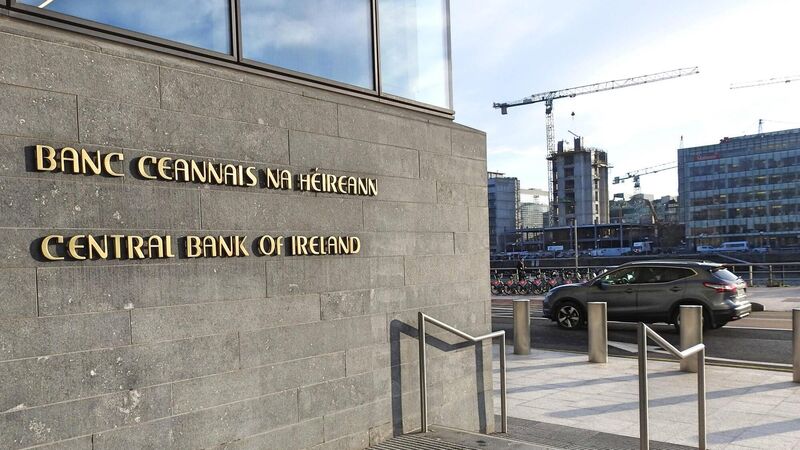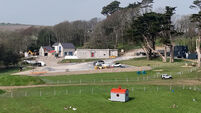Central Bank urges caution on budget spending

The Central Bank warned that discretionary Government spending increases or tax cuts outside of its own 5% spending rule would add significantly to demand and inflation in the coming years. File Picture: iStock
The Central Bank has urged caution on Government spending, stating that even modest additional increases could add to inflation and run the risk of the economy overheating.
National spending rules instituted by this Government allow net expenditure to grow at 5% per year to keep up with growing costs. However, the Central Bank is warning that the economy is currently at capacity — largely due to a very tight labour market — with the average compensation per employee due to increase by 6.2% in 2023, 5.9% in 2024, and by 4.4% in 2025.
Unemployment hit a record low of 3.8% in May.
Robert Kelly, director of economics and statistics at the Central Bank, said the increasing interest rates from the European Central Bank are beginning to feed through the economy and “will contribute to dampening demand and economy-wide price pressures”.
However, an increase in current spending or tax cuts outside the bounds of the 5% spending rule will add to already high inflation pressures.
"Any resulting higher inflation in Ireland relative to the rest of the eurozone leads to a decrease in the competitiveness of the Irish economy,” he said.
An analysis published by the Central Bank said that additional expenditure or tax cut above existing plans would “aggravate overheating pressures and result in a less favourable budgetary position than currently projected by the middle of the decade”.
“Indeed, even under current plans where net spending is forecast to grow at 5%, there is a risk of overheating pressures emerging, given, in particular, the conditions in the labour market,” the analysis stated.
It also said that if “pronounced overheating emerges”, the Government will need to adopt a “tighter fiscal stance” than currently planned and allow net spending to grow by less than 5% per year.
In its second quarterly bulletin this year, the Central Bank said inflation dynamics in 2023 are primarily being driven by the second-round effects of the energy and other commodity price shocks seen throughout 2022 and early 2023.
Headline inflation is expected to continue to decline and run at an average 5.3% for the year.
However, core inflation — which removes energy and food costs — is picking up and is not expected to peak until later this year. It is expected to run at an average of 4.9% this year before dropping to 3.4% next year.
Next year and in 2025, the Central Bank expects the primary factor driving inflation to be the strength of the domestic economy and capacity constraints.
The bulletin said that gradual increases in household income, due to increasing wages as a result of the tight labour market as well as a reduction in the amount people save, are going to help grow the economy this year.
Continued investment in the State in plant and machinery by high-growth sectors is also expected to support growth in modified investment.
Modified domestic demand, which excludes the impact of multinationals on domestic activity, is forecasted to grow by 3.7% this year — up from previous estimates of 3.1%.













